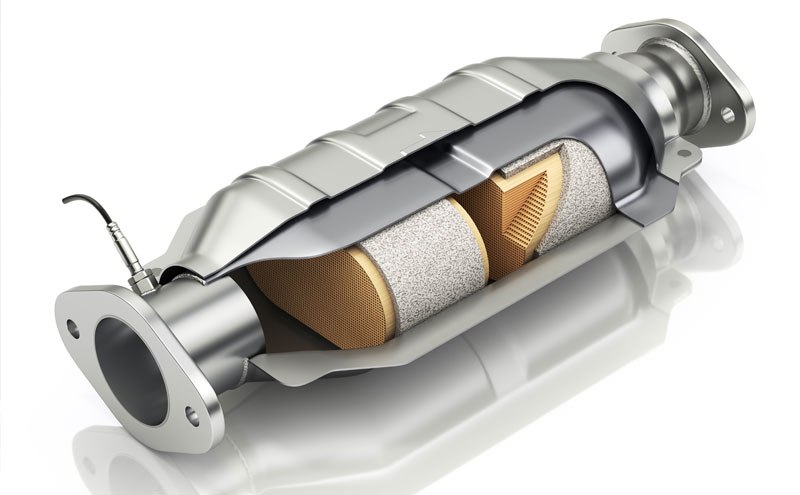Should You Use Diesel Competition Oil? Mark Nyholm|Apr 10, 2018 11:44 AM April is here, and for those who love to spend time at the drag strip challenging their reaction time, on a dirt strip hooked to a sled, or tied down on a roller dyno grunting for power, the diesel competition season is upon […]
You are browsing archives for
Category: diesel
How Oil Consumption Affects Your Turbo D...
How Oil Consumption Affects Your Turbo Diesel’s Exhaust System Mark Nyholm|Aug 13, 2018 9:41 AM Ever wonder why engines have that long wiry thing with the small plastic handle? A.K.A. the dipstick? “Come on, Mark, it’s for measuring proper engine oil volume,” you say. Sure, but here’s the million-dollar question: How often should you pull the […]
Top 5 Tips for Protecting Your Diesel
Top 5 Tips for Protecting Your Diesel Mark Nyholm|Mar 20, 2017 2:52 PM If you love your diesel pickup as much as I love mine, then you know what it takes to make it look good, run good and sound good. It’s no task for the weary or lazy, however. I literally spend hours each […]
What’s the Difference Between Horsepower
What’s the Difference Between Horsepower and Torque? John Baker|Feb 13, 2017 9:09 AM Rather than offer a technical explanation few people will understand, let’s talk about what torque and horsepower feel like. You’re idling at a stoplight. Or maybe an IHRA starting line. Someone rolls up to you and revs their engine. Gives you the […]


